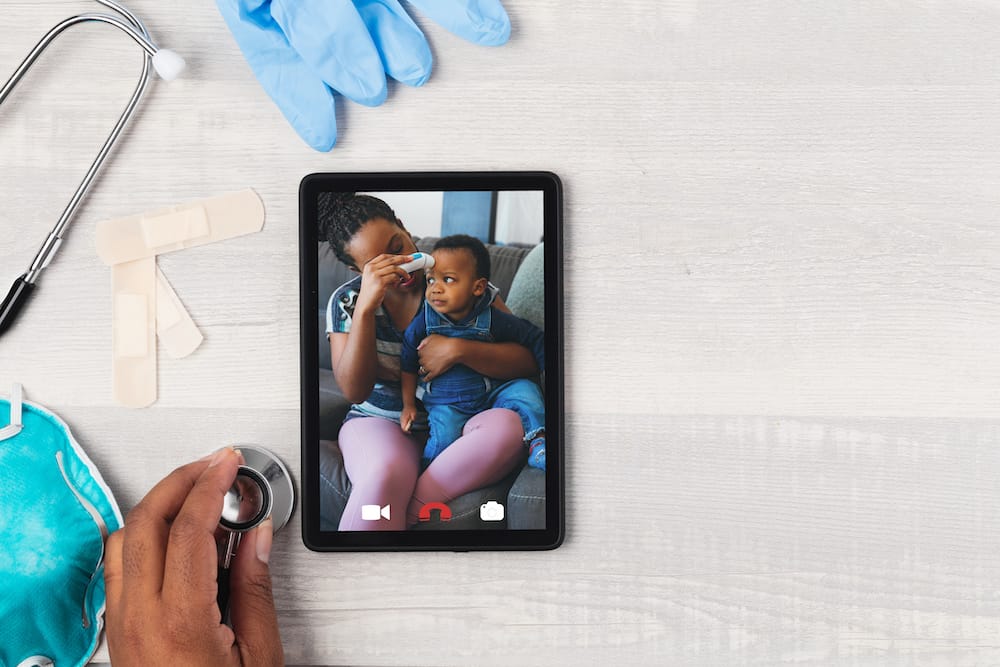Telehealth programs have stemmed from technological developments that see many people accessing the internet and video calling applications. Instead of attending an in-person appointment, patients can now schedule a telehealth session.
The online nature of the sessions calls for adjustments in the way doctors follow up and therapists give their patients treatments, but the program’s success will be up to both the professional and patient.
If the parties work well together, the sessions are adequately structured, and the results are measurable, the program is successful. There are some elements of the telehealth program that professionals need to consider. These will also contribute to the success of these sessions, and they are listed below:
- Ensure That The Patients Have Ease-Of-Access
Patients who choose a telehealth program should be able to access your telehealth services without hassle. If not, it may delay the process due to technical difficulties. Any telehealth consulting services should be aware that challenges can arise from time to time.
When a patient cannot attend a session due to difficulties navigating your telehealth platform or unstable internet connectivity, the professional should reschedule for another date and time when they have resolved the issue. It can also help your patients if you provide brief instructions on how to go about the virtual consultation. This way, you get to ensure that they can seamlessly navigate your platform and schedule a session with you without stress.
- Assist Patients In Monitoring Their Conditions
A good telehealth program provides patients with the tools and information they will need to monitor their health at home properly. Documents, applications, and digital questionnaires are all helpful during the process.
Professionals should guide their patients through these to make sure that they report accurate information on time. For some patients, it could be the first time they participate in telehealth programs, and they may need more guidance with the technology than other patients.
- Make The Sessions More Affordable
In-person sessions are notorious for the cost they incur. Some doctors or specialists have a rather hefty fee that they charge for these appointments, but rightly so. They spend time with their patients, inspecting every aspect of their health, while patients participating in a telehealth program would do many of these for themselves.
Professionals can consider charging less for telehealth sessions as they are not as directly involved in the patient’s care as they would be when they visit the doctor’s room. If the fees are less, it could grant more people access to services they previously couldn’t afford.

- Incorporate Consultations And Tests That Are Insurance-Covered
Further assistance to the patients in the form of procedures that their health insurance will cover makes a big difference for them. Many people are hesitant to use telehealth options because they believe they won’t be covered for them.
Some medical aid funds and insurance companies will reimburse the patient when they provide proof of the scheduled sessions, and medical professionals should keep in mind that their patients may need this proof. Assist them with the correct documentation to complete their claims so they can confidently schedule another session.
- Abide By State Laws And Regulations
Certain areas or states could have specific laws and regulations regarding telehealth sessions and patient rights. Medical professionals should always uphold these while providing the best possible care for their patients according to health standards provided by law.
Ensure you incorporate high-level professionalism, privacy, and other specifications for each telehealth session to avoid medical liability claims.
- Add Value For The Patients
Some patients require more specialized care and treatments than one professional can offer. With telehealth sessions, doctors can add more value to their patients by having a dietician, physiotherapist, or other medical professional join the session to discuss the best outcomes for the patient. But of course, it depends on the needs of the patient.
This combination of services adds value for the patient and prevents multiple appointments on different days that could make the process seem long and drawn out. Other valuable add-ons that patients enjoy from telehealth sessions are no cues, no waiting areas, and direct access to the professional of their choice.
To Summarize Everything
Patients and medical professionals have seen the value that telehealth programs bring. Improved results come with better access, and patients are impressed with the ease of scheduling these sessions. Instead of a prolonged treatment period, sessions are shorter but filled with more than expected.
Medical professionals now have better control over their schedules and planning of the patients’ needs in their care. Following the guidelines of professional consultation, a well-structured telehealth program could be best for the patient and the medical personnel.
Medical practices can measure success by the program’s number of happy patients. When healthcare staff sees an influx of scheduled sessions, they can rest assured that they are bringing their patients a successful telehealth program.
Throughout the year, our writers feature fresh, in-depth, and relevant information for our audience of 40,000+ healthcare leaders and professionals. As a healthcare business publication, we cover and cherish our relationship with the entire health care industry including administrators, nurses, physicians, physical therapists, pharmacists, and more. We cover a broad spectrum from hospitals to medical offices to outpatient services to eye surgery centers to university settings. We focus on rehabilitation, nursing homes, home care, hospice as well as men’s health, women’s heath, and pediatrics.








